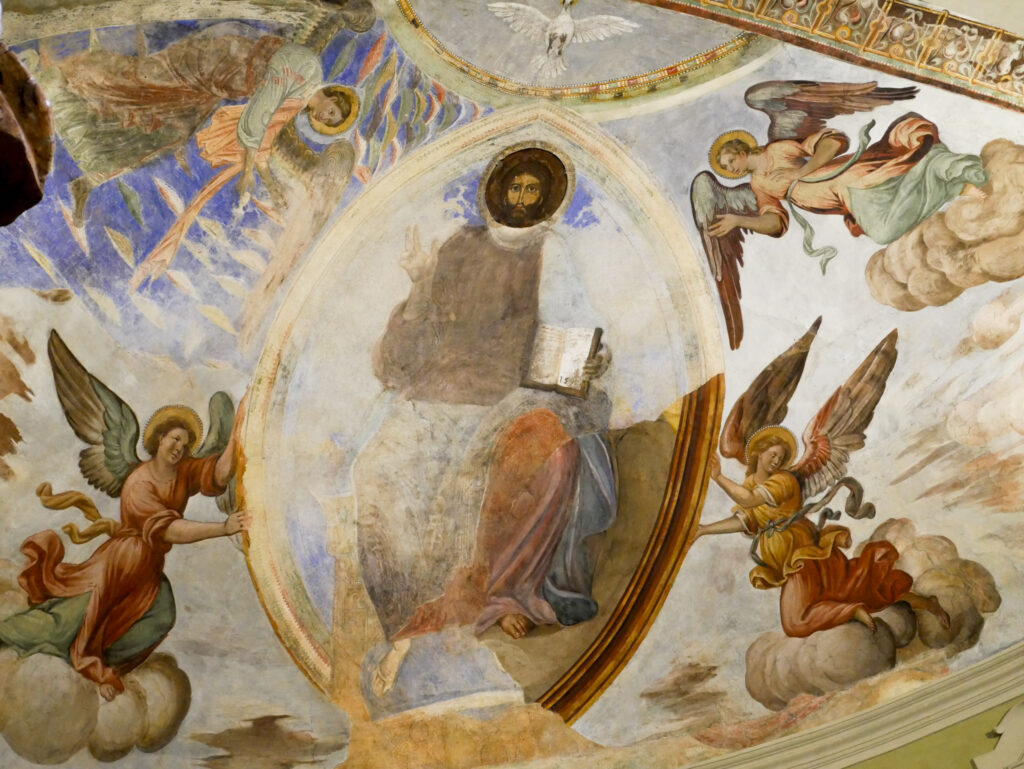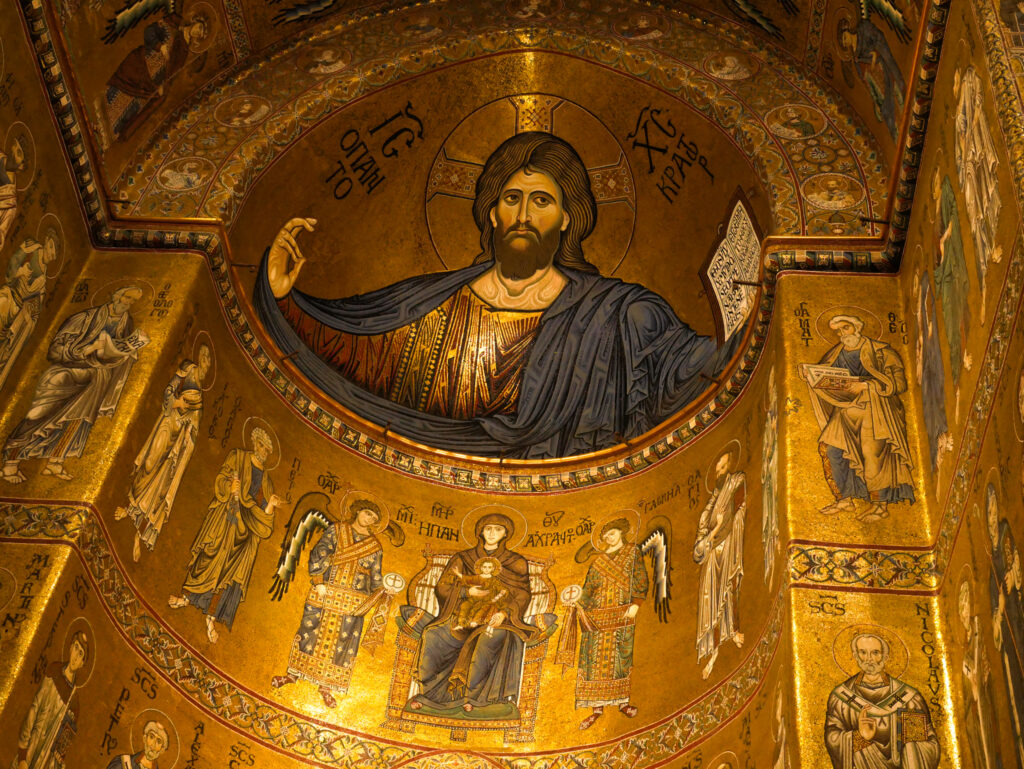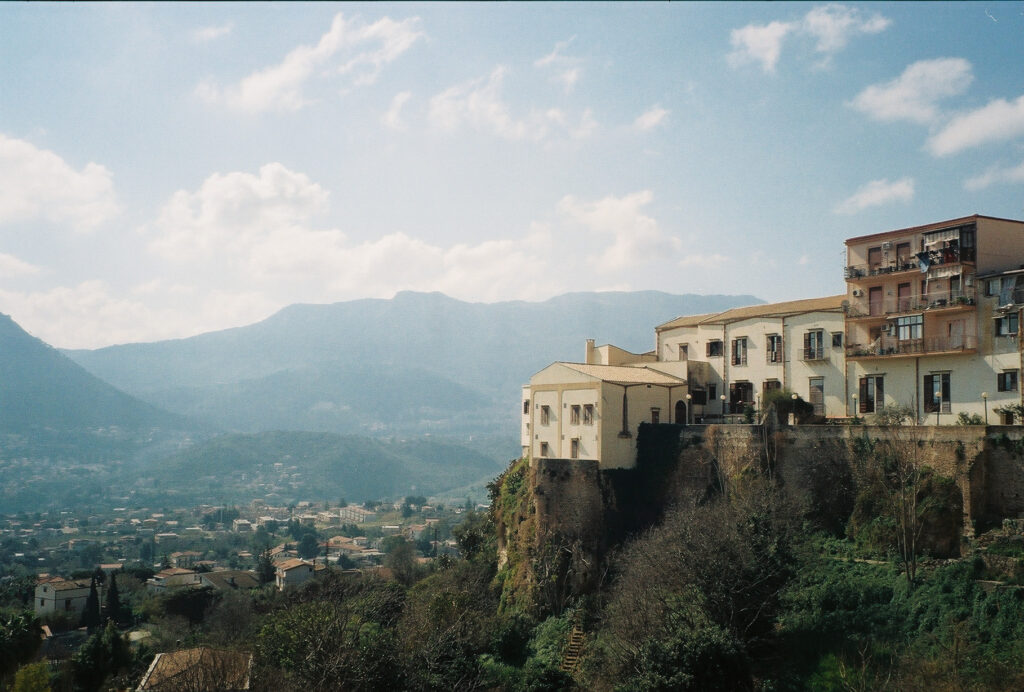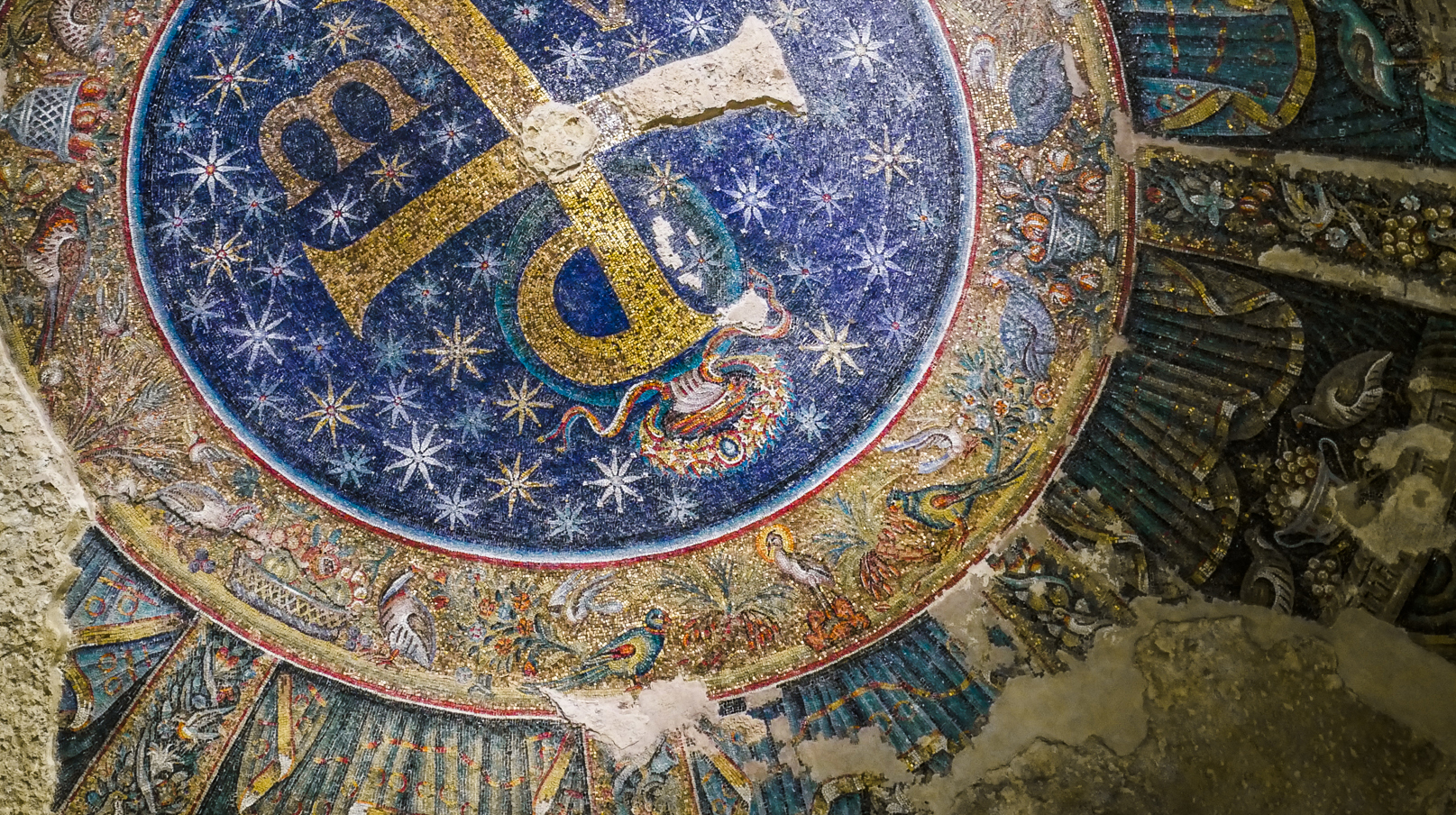As soon as the spring semester started, we took the benefit of the March days getting slowly yet steadily longer for our next field trip, this time to Sicily. Four years had passed since the last time our students visited the island. This time, we decided to spice up our itinerary by making a short stop in Naples. Since many of us had already met on previous occasions, we embarked on our journey as a good bunch, looking forward to what Southern Italy has to offer.

On Sunday evening, our group of fourteen students met up at the Viennese Hauptbahnhof. Together, we made our way to the platform, where we awaited the arrival of our night train. Some of us were excited about the upcoming warm days usual for the springtime in the southern part of the Apennine Peninsula. Much to our surprise, we were greeted by a brisk morning upon our arrival. We arrived just in time in Naples for our first Italian lunch.
We kicked off the first day in front of the façade of the Naples Cathedral, where another student group led by the art historian Anna Magnago Lampugnani joined us. Our German colleagues had the same intentions for Naples as we did – to explore the alluring medieval monuments of the city. After we jointly examined the modernized façade and the interior, we slowly made our way into the Baptistery of San Giovanni in Fonte, where we were astonished by the gleaming ceiling mosaics. Our afternoon in Naples was full of surprises. For instance, we headed towards the Church of Santa Chiara instead of the originally planned Port of Naples. Santa Chiara was on our schedule only for the last day of our trip. Although this change of plans caused a little shock to the student in charge of the commentary, we made the best out of the half-empty interior of the church. In the evening, we finally arrived at the city port to board the ferry for Palermo. Wine and fruitful chats enriched our tiresome journey and made it all the more enjoyable.

In the early morning hours, the shores of Palermo greeted us. After a thirty-minute walk from the port, we commenced the sophomore day on a smaller enclosed piazza in front of La Martorana. From the outside, a cubic rectangular edifice did not give away any hint of what its treasures. To our great surprise, the heart of the chapel welcomed us with the unceasing golden mosaic decoration, a luxurious commission for this private chapel. Right next door to La Martorana, we moved to another private chapel named San Cataldo. Later, we advanced towards the Palatine Chapel. Here, we had the unique opportunity to enter the presbytery and thus closely explore the breath-taking mosaic decoration even in the lateral apses. We wrapped up the day with a glass of aperitivo and enjoyed dinner in each other’s company.
On the third day of our trip, we hiked outside the city to see the Monreale Cathedral. Established by William II, it was built intentionally on a hill so that the pilgrims coming to it could have an almost heavenly experience when finally reaching it. Even from far away, this majestic building with a black-and-white decorated eastern façade catches the eye of all passers-by. Until midday, we observed the walls brimming with the lush mosaics inside the cathedral. Once again, we were lucky enough to be allowed into the presbytery. The weather was in our favour which made the day in Monreale all the more enjoyable. After lunch, we returned to work and entered the cloister’s ambit. After our return to Palermo, we finished the day with a drink.

Following morning, we set off in the direction of Cefalù. Immediately upon our arrival, we headed for its Cathedral. Inside, greeted by a parish priest, we were let once again into the presbytery. We very much appreciated to have such an opportunity. It has become regular for us to enjoy the lunches together, and in Cefalù, it was no exception. From various dishes, one could order homemade pasta or seafood, to mention just a few. Since we had spared some time before the departure of our train for Palermo, the choice was clear. We headed out to the beach, where the brave ones tested out the temperature of the sea in springtime. Rushing back to the train station, we caught the train to Palermo, where we finished our program in the city palace of La Zisa. Grappa warmed us up on the ferry journey back to the mainland.
On the last day of our excursion, we experienced a few unfortunate moments. Beginning our day in the Catacombs of San Gennaro, our group was allowed inside only with a local travel guide and some twenty other tourists. Unfortunately, mural paintings from the 2nd century were not illuminated, so we were able to see only a small fraction of the number of paintings present in the Catacombs. Rushing back to the centre to see the church of San Giovanni a Carbonara we were appalled to see it closed, losing our faith in the credibility of the Internet search engines. To raise our spirit, we sat down for the Neapolitan pizza. We decided to visit the National archaeological museum instead, which we were sure was open. It was at least a small compensation for the lack of accessibility that day. Even though we were tight on our schedule, we ventured to the Catacombs of San Gaudioso, too. As the reader might predict from our previous misfortunes, the catacombs were closed. Unable to convince the employees, our next and last stop in Naples ended up to be the train station. On our way home, we reminisced and discussed the marvellous mosaic decoration that flourished under the unique conditions of cultural fusions and the landmarks from the Norman period we toured. We were happy to have the opportunity to see it all in situ.



